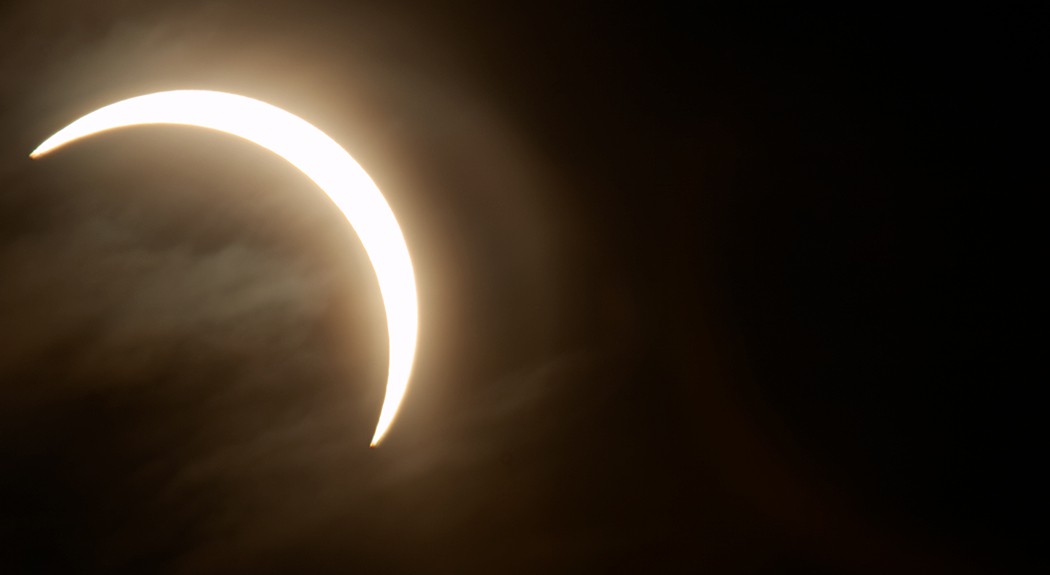Under normal circumstances, most people know it’s a bad idea to look directly at the sun.
But with the Great American Total Solar Eclipse on Monday, Aug. 21, people may be tempted to gaze upward.
Not so fast, ophthalmologists say. Staring into the eclipse will burn your retina.
“Even the slightly weaker sunlight during an eclipse is still very intense solar energy,” says Sam Boles, MD, an ophthalmologist with Anne Arundel Medical Center. “That energy focused directly on the retina can seriously damage your eyesight.”
A total eclipse — when the moon completely covers the sun — will be visible across parts of the entire country.
But other areas, including Maryland, will see a partial solar eclipse. The moon will cover about 80 percent of the sun in our area, according to news reports.
John Avallone, MD, a pediatric ophthalmologist with Anne Arundel Medical Center, compares staring at the eclipse to using a magnifying glass to direct sun at an object on the ground, causing it to burn.
It’s also the same as the burn that will come from shining a laser pointer into your eye.
“The intense rays from the sun will burn your retina,” Dr. Avallone says. “You end up with a hole in your vision where that burn is.”
So what can you do to safely witness this historic event?
You have three choices:
- Both Dr. Avallone and Dr. Boles say you must use approved solar eclipse viewers. Look for solar filters that meet international standard ISO 12312-2. NASA and the American Astronomical Society have a list of recommended vendors who are selling approved glasses.
- Build a pinhole projector to watch the eclipse. This device will project the image of the eclipse onto another surface. NASA has instructions on how to do that.
- Enjoy images of the eclipse on TV or online.
Dr. Avallone emphasizes the importance of closely supervising children who are wearing eclipse glasses. You want to make sure they’re looking through them, and not over or underneath the lenses.
He adds that it is safe for people to be outside without the approved glasses if they’re not looking directly at the eclipse.
The American Optometric Association and the American Astronomical Society also offer the following tips:
- Before you look at the sun, cover your eyes with the eclipse viewers while standing still. Glance at the sun, turn away and then take off your viewers. Don’t remove them while looking at the sun.
- If you normally wear glasses, you can keep them on, but put the eclipse glasses over them.
- If you happen to be in the “path of totality,” which stretches from Oregon to South Carolina, you can take off your eclipse glasses when the moon is fully covering the sun. But once the moon begins shifting and the sun reappears, you have to put them back on.
See a doctor if you are experiencing discomfort or problems with your vision after viewing the eclipse.




